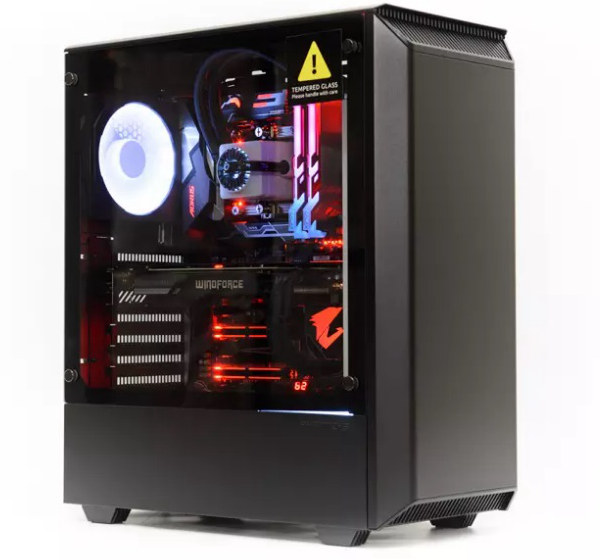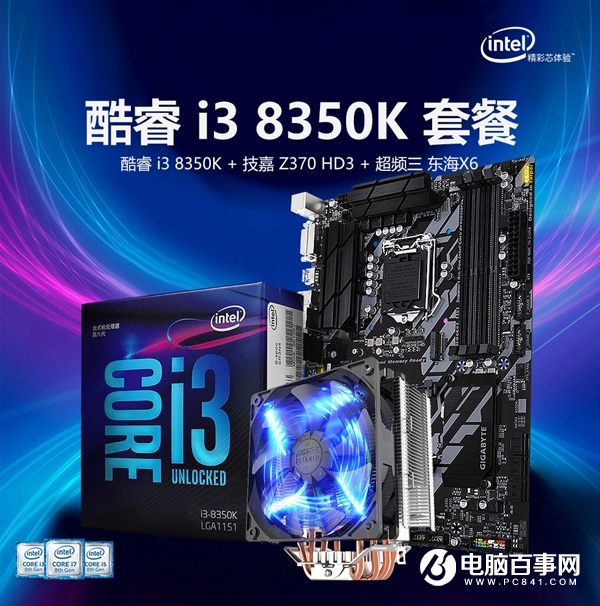If you're planning to build your own desktop computer, it's essential to understand some basic computer hardware knowledge. The main components include the CPU, graphics card, motherboard, memory, power supply, cooling system, case, and hard drive, along with data cables for storage devices. Among these, the CPU, graphics card, and storage drive are key factors that determine a computer’s overall performance. The CPU is responsible for processing tasks and directly affects the speed of computation. Memory (RAM) influences how many programs can run simultaneously and how fast they perform. The graphics card is crucial for gaming and graphic-intensive applications, while the hard drive determines how quickly data can be accessed and loaded.

Nine computer hardware cold knowledge – small white box assembled computer worth collecting
First, is the stock cooler not enough? How to choose between water cooling and air cooling?
Answer: While the stock cooler is simple and sufficient for everyday use, it may struggle under heavy workloads or when running high-performance components. In such cases, temperatures can rise significantly, and noise levels increase. Many office computers and pre-built systems come with stock coolers, which are functional but not always the best in terms of aesthetics or performance. Third-party coolers often offer better thermal efficiency and more customization options.
Currently, most users go with air-cooled radiators due to their affordability, long lifespan, and wide availability. Water cooling, on the other hand, provides superior cooling performance and usually runs quieter. However, it comes at a higher cost and requires careful installation to avoid leaks, which can damage internal components.
Second, will upgrading an old PC with a new GPU make a difference?
Answer: Modern CPUs are generally powerful enough for most tasks, especially when paired with a decent GPU. For example, a G4560 processor can easily handle a GTX 1060 without any issues. While higher-end CPUs may offer a slight performance edge, it's usually negligible for regular use and doesn't affect the overall experience significantly.
Third, what are the requirements for the CPU and motherboard?
Answer: When selecting a CPU and motherboard, compatibility is key. You need to ensure that the socket type matches and that the motherboard supports the specific CPU you're using. For Intel processors, look for the "K" designation if you plan to overclock, as this indicates that the CPU has unlocked multipliers. Different motherboards support different generations of CPUs, so it's important to check compatibility carefully.
For example, Intel’s 8th generation CPUs still use the LGA1151 socket, but they require a 300-series motherboard and are no longer compatible with older 200 or 100 series boards. Similarly, AMD processors also have different socket types depending on the generation.

CPU and motherboard package
a('show4');
For those building a DIY PC, choosing a pre-packaged CPU and motherboard combo can simplify the process. Many retailers offer bundled sets like the I3 8350K package, which includes both the CPU and a compatible motherboard. These bundles are often more cost-effective than buying components separately and eliminate the hassle of checking compatibility yourself, as the seller ensures everything works together smoothly.
Stainless Steel Flange
Stainless Steel Flange
A flange can also be a plate or ring to form a rim at the end of a pipe when fastened to the pipe. A blind flange is a plate for covering or closing the end of a pipe. A flange joint is a connection of pipes, where the connecting pieces have flanges by which the parts are bolted together.
Although the word flange generally refers to the actual raised rim or lip of a fitting, many flanged plumbing fittings are themselves known as 'flanges':
There are many different flange standards to be found worldwide. To allow easy functionality and interchangeability, these are designed to have standardised dimensions. Common world standards include ASA/ASME (USA), PN/DIN (European), BS10 (British/Australian), and JIS/KS (Japanese/Korean). In the USA, ANSI stopped publishing B16.5 in 1996, and the standard is ASME B16.5
Stainless Steel Round Tube Flange,Forged Stainless Steel Flange,Stainless Steel Welded Flange,Galvanized Stainless Steel Floor Flange
Yixing Steel Pole International Trading Co., Ltd , https://www.yx-steelpole.com


